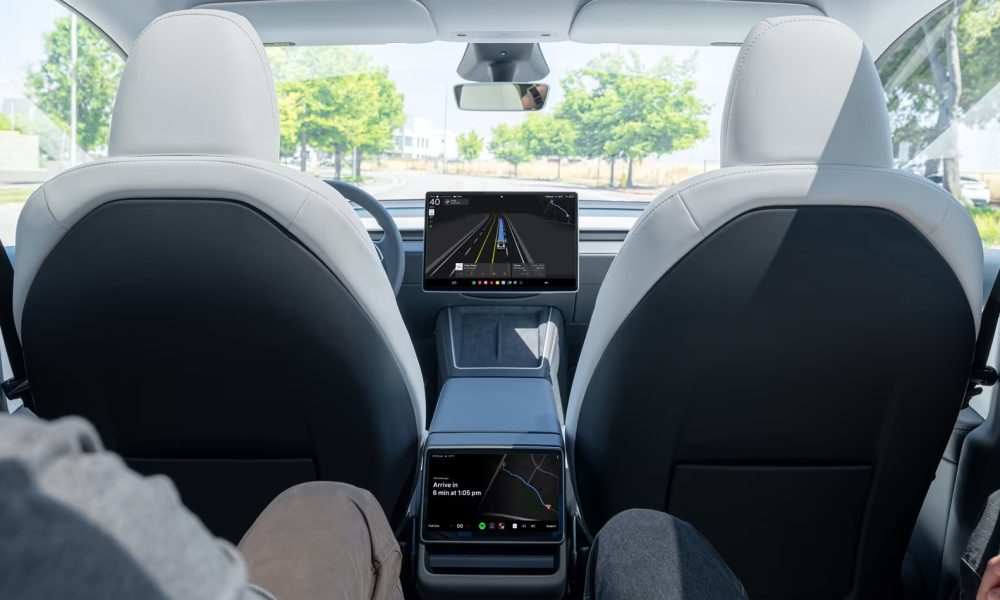
"In short, robotaxi felt like a more luxurious service for half the cost and the driving felt more human-like. Tesla analyst Jed Dorsheimer of Wall Street firm William Blair compared the company's Robotaxi platform to Waymo's driverless ride-sharing program, and had a clear-cut consensus over which option was better in terms of rider experience. Dorsheimer visited Austin recently to ride in both Tesla's Robotaxi ride-sharing program and Waymo, which has operated slightly longer than Tesla has in the city."
"Dorsheimer said that Tesla's first big advantage was vehicle appearance. Robotaxi uses no external equipment or hardware to operate; just its exterior cameras. Meanwhile, Zoox and Waymo vehicles utilize LiDAR rigs on their vehicles, which made them "stick out like a sore thumb." "In contrast, the robotaxis blended in with other Teslas on the road; we felt inconspicuous flowing with the traffic," he added."
"The next big victory went in the way of Robotaxi once again, and it concerned perhaps the most important metric in the ridesharing experience: price. He continued in the note: "Confirming our thesis, robotaxi was half the price of Uber, showing its ability to win market share by weaponizing price." In terms of overall performance, Dorsheimer noted that both platforms provided safe and "top-notch" experiences. However, there was one distinction between the two and it provided a clear consensus on which was better."
An analyst rode both Tesla Robotaxi and Waymo in Austin and found both services safe and smooth. Tesla began rides in June while Waymo started earlier in March. Robotaxi vehicles operate using only exterior cameras and blend in with other cars, while Waymo and Zoox use LiDAR rigs that make their vehicles conspicuous. Robotaxi offered rides that felt more luxurious and more human-like, and its pricing ran at roughly half the cost of Uber, suggesting a strong competitive advantage on cost alongside a favorable rider experience.
Read at TESLARATI
Unable to calculate read time
Collection
[
|
...
]